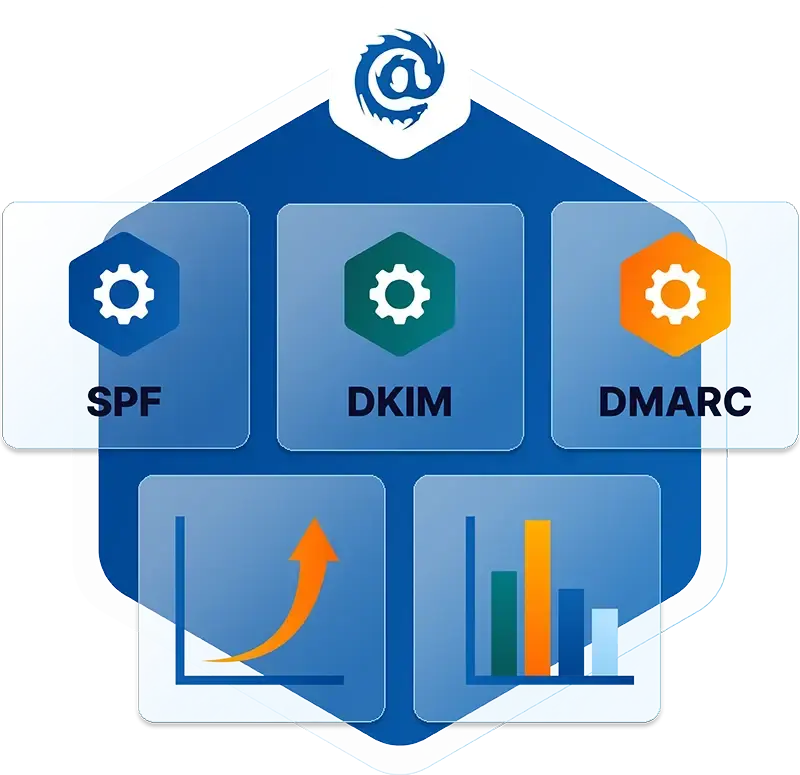Table of Contents
Watering Hole Attacks Explained
A watering hole attack is a type of targeted cyber attack that aims to compromise users within a specific industry or group by infecting websites they frequently visit. It derives its name from the behavior of predators in the animal kingdom, who wait near watering holes to ambush their prey. In the digital realm, hackers identify popular websites commonly accessed by their desired targets and exploit vulnerabilities on those sites. By compromising these websites and injecting malicious code, they seek to infect the computers of unsuspecting users, ultimately gaining unauthorized access to the target organization's network.
How Does a Watering Hole Attack Work?
Watering hole attacks strategically target websites that are popular among a specific industry or group of users. Hackers conduct reconnaissance to identify websites that their intended victims frequently visit, such as industry conferences, professional discussion boards, or industry standards bodies. Once a target website is identified, the attackers search for vulnerabilities and exploit them to compromise the site. They then inject their malware into the compromised website and lie in wait for users to visit.
To lure users to the compromised website, attackers may employ various tactics, including sending highly contextual and seemingly harmless emails. These emails often appear to come from the compromised website's automated notifications or newsletters, making it difficult for users to detect the malicious intent. When users click on the links provided in these emails, they are redirected to specific sections of the compromised website, where they unknowingly become victims of the attack.
Upon visiting the infected website, users' computers are transparently infected through a drive-by download attack, which silently installs malware without the user's knowledge. The compromised machine then becomes an entry point for the attacker to gain unauthorized access to the target organization's network.
Watering hole attacks can persist undetected for extended periods, potentially months or even years, making them a significant challenge for organizations to defend against.
How to Protect Against Watering Hole Attacks
Organizations can take several measures to protect themselves against watering hole attacks. Here are some essential strategies:
-
Advanced Targeted Attack Protection: Deploy advanced targeted attack protection solutions, such as web gateways, to defend against opportunistic drive-by downloads. These solutions can detect known signatures or known malicious reputation indicators, providing a degree of protection against opportunistic watering hole attacks.
-
Dynamic Malware Analysis: Consider implementing dynamic malware analysis solutions that go beyond static signatures. These solutions analyze the behavior of suspicious websites that users visit and detect malicious activities associated with watering hole attacks. By monitoring and analyzing website behavior in real-time, organizations can identify and block potential threats.
-
Email Security Measures: Utilize an email security solution capable of applying dynamic malware analysis both at the time of email delivery and when users click on links within emails. This helps identify and block malicious emails containing watering hole attack lures, safeguarding users against unwittingly visiting compromised websites.
-
Comprehensive User Protection: Implement robust mechanisms to protect users, whether they are accessing the corporate network or browsing the internet outside the network's perimeter. This includes utilizing security controls that provide protection regardless of the user's location or network environment.
How IRONSCALES Protects Against Watering Hole Attacks
IRONSCALES is a comprehensive email security platform designed to defend organizations against a wide range of cyber threats, including watering hole attacks. Here's how IRONSCALES helps protect against such attacks:
-
Automated Threat Detection: IRONSCALES leverages advanced threat intelligence and machine learning algorithms to automatically detect and classify suspicious emails containing watering hole attack lures. It analyzes email attributes, including sender reputation, email headers, and content, to identify potential threats.
-
Real-time Malware Analysis: IRONSCALES performs dynamic malware analysis in real-time to identify malicious URLs and attachments within emails. By sandboxing and executing suspicious files in a controlled environment, IRONSCALES can detect and block watering hole attack attempts, providing an additional layer of protection.
-
Advanced URL Protection: IRONSCALES employs advanced URL protection where AI scans links within emails in real-time, checks for malicious or compromised destinations, and provides warnings or blocks access to protect users from visiting infected websites.
-
Security Awareness Training & Simulation Testing: IRONSCALES emphasizes user awareness and education to help individuals recognize and report potential watering hole attack attempts. Through interactive training modules and simulated phishing campaigns, users can develop a better understanding of these threats, empowering them to make informed decisions and avoid falling victim to such attacks.
-
Incident Response and Remediation: In the event of a successful watering hole attack, IRONSCALES enables swift incident response and remediation. It provides automated email forensics and incident response capabilities, allowing security teams to quickly investigate and mitigate the impact of the attack, reducing the time between detection and response.
By leveraging IRONSCALES' comprehensive email security features and proactive defense mechanisms, organizations can enhance their protection against watering hole attacks and other email-based threats, safeguarding their sensitive data and network infrastructure.
Check out the IRONSCALES AI-driven and self-learning email security platform here and get a hands-on live demo here.
Explore More Articles
Say goodbye to Phishing, BEC, and QR code attacks. Our Adaptive AI automatically learns and evolves to keep your employees safe from email attacks.

/Concentrix%20Case%20Study.webp?width=568&height=326&name=Concentrix%20Case%20Study.webp)












